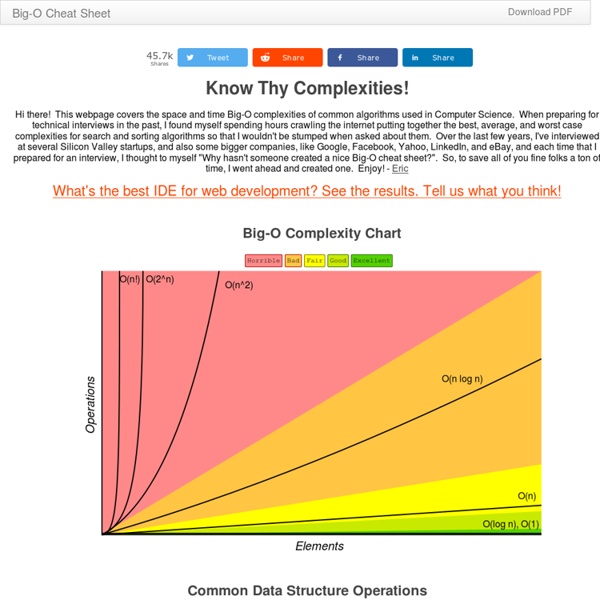



General Introduction Page last changed today See chapter 1 of the book . JavaScript is supported by Mozilla (from Netscape 2), Explorer (from version 3), Opera (from version 3), Safari, iCab, and Konqueror. I regularly test my scripts in these browsers. See also the "Browser compatibility" section on the Resources page . In addition, the following browsers support JavaScript, but I don't test my scripts in them: Hotjava 3 WebTV OmniWeb QNX Voyager NetBox Amiga-AWeb Amiga Voyager Sega Dreamcast Ant Fresco (Risc) as well as several mobile phone browsers This list is not complete. This page has been translated into French and Turkish . JavaScript is most commonly used as a client side scripting language. The fact that the script is in the HTML page means that your scripts can be seen and copied by whoever views your page. JavaScript can be used in other contexts than a Web browser. JavaScript is not the same as Java. JavaScript is not a programming language in strict sense.
nyanp/tiny-cnn C++ Language Tutorial This website uses cookies. By continuing, you give permission to deploy cookies, as detailed in our privacy policy. ok Search: Not logged in C++ Language These tutorials explain the C++ language from its basics up to the newest features introduced by C++11. Introduction Compilers Basics of C++ Program structure Compound data types Classes Other language features C++ Standard Library Input/Output with files Tutorials C++ LanguageAscii CodesBoolean OperationsNumerical Bases C++ Language Introduction:CompilersBasics of C++:Program structure:Compound data types:Classes:Other language features:Standard library:Input/output with files
Regular-Expressions.info - Regex Tutorial, Examples and Reference - Regexp Patterns Floating point A diagram showing a representation of a decimal floating-point number using a mantissa and an exponent. In computing, floating point describes a method of representing an approximation of a real number in a way that can support a wide range of values. The numbers are, in general, represented approximately to a fixed number of significant digits (the significand) and scaled using an exponent. The base for the scaling is normally 2, 10 or 16. The typical number that can be represented exactly is of the form: Significant digits × baseexponent The term floating point refers to the fact that a number's radix point (decimal point, or, more commonly in computers, binary point) can "float"; that is, it can be placed anywhere relative to the significant digits of the number. Over the years, a variety of floating-point representations have been used in computers. Overview[edit] There are several mechanisms by which strings of digits can represent numbers. Symbolically, this final value is
A Gentle Introduction to Algorithm Complexity Analysis Dionysis "dionyziz" Zindros <dionyziz@gmail.com> Introduction A lot of programmers that make some of the coolest and most useful software today, such as many of the stuff we see on the Internet or use daily, don't have a theoretical computer science background. They're still pretty awesome and creative programmers and we thank them for what they build. However, theoretical computer science has its uses and applications and can turn out to be quite practical. This text is also targeted at the junior high school and high school students from Greece or anywhere else internationally competing in the International Olympiad in Informatics, an algorithms competition for students, or other similar competitions. I believe this text will be helpful for industry programmers who don't have too much experience with theoretical computer science (it is a fact that some of the most inspiring software engineers never went to college). Motivation Counting instructions 1.var M = A[ 0 ]; 4. if ( A[ i ] >= M ) {